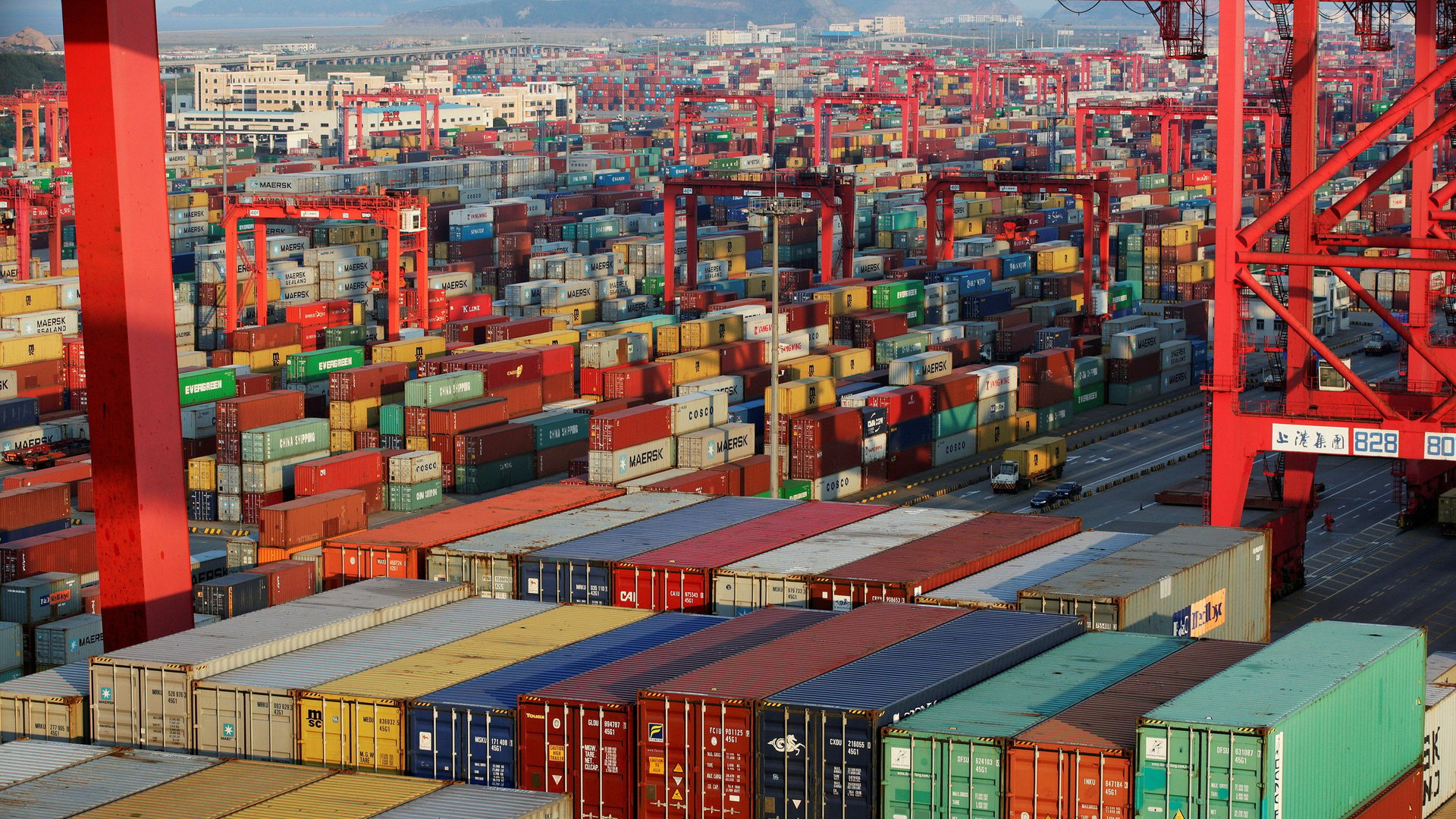Modern free trade agreements are increasingly stuffed with protectionist measures
Free trade agreements are a fundamental part of the economic policy that sustains the global liberal order. They are proliferating, both for bilateral deals and regional agreements, and considered a crucial factor in boosting economic growth. But as these agreements become more ubiquitous, Harvard economist Dani Rodrik suggests we should take a closer look at what’s really in them.


Free trade agreements are a fundamental part of the economic policy that sustains the global liberal order. They are proliferating, both for bilateral deals and regional agreements, and considered a crucial factor in boosting economic growth. But as these agreements become more ubiquitous, Harvard economist Dani Rodrik suggests we should take a closer look at what’s really in them.
In fact, modern agreements can foster a sneaky sort of protectionism that benefits special interests like international banks, pharmaceutical companies, and multinational corporations. Modern agreements “may result in freer, mutually beneficial trade, through exchange of market access. But they are as likely to produce welfare-reducing, or purely redistributive outcomes under the guise of free trade,” Rodrik writes in a paper published earlier this week, aptly titled, “What do trade agreements really do?”
Rodrik is probably best known for his criticism of globalization when it was not fashionable in economic circles to question it: in 1997, he published Has Globalization Gone Too Far? Now, two decades later, his new book, Straight Talk on Trade: Ideas for a Sane Economy, takes aim at other long-held truths.
Rodrik argues that economists have failed to appreciate the downsides of free trade and “hyper-globalization.” His latest book is well-timed to explain the roots of the populist backlash across much of the West; the idea that free trade and globalization create widespread prosperity is coming undone. Although organizations like the World Bank and the International Monetary Fund continue to warn about the negative economic effects of protectionism, countries continue to erect barriers—often, perversely, in the name of free trade.
To show how free-trade agreements have changed, Rodrik compares the US-Israel agreement from 1985 with the US-Singapore agreement from 2004.
The agreement with Israel was the first bilateral trade deal the US concluded in the postwar period. It’s less than 8,000 words, with just 22 articles and three annexes. Most of it is dedicated to tariffs, agricultural restrictions, import licensing, and rules of origin.
The 2004 agreement with Singapore is roughly 70,000 words, made up of 20 chapters and more than a dozen annexes. Seven of the chapters cover what Rodrik suggests are “conventional” trade topics, like those above, while the others—the majority—deal with anti-competitive business conduct, electronic commerce, labor, the environment, investment rules, financial services, and intellectual property rights.
It makes sense that as world has become more complex, intertwined, and technologically advanced, trade agreements need to adapt. The clearest place this can be seen is in trade-related intellectual property rights (TRIPs). In the US-Israel agreement, TRIPs make up just 81 words, compared with 8,737 in the US-Singapore agreement.
There are four areas that are now common in modern trade agreements:
- Intellectual property rights
- Rules about cross-border capital flows
- Investor-state dispute settlement procedures
- Harmonization of regulatory standards
These provisions are often more about protectionism than purely freeing up trade. In TRIPs, for example, advanced countries tend to gain at the expense of developing countries, Rodrik writes. For example, poorer nations pay higher prices for pharmaceuticals and other research-intensive products, greatly benefiting companies in rich countries. “One needs to assume an implausibly high elasticity of global innovation to developing countries’ patents to compensate for what is in effect a pure transfer of rents from poor to rich countries,” he writes.
This point is particularly relevant now that the full text of the Comprehensive and Progressive Agreement for Trans-Pacific Partnership (CPTPP) was released, in anticipation of it being signed next month. The agreement covers the 11 countries (Australia, Brunei, Canada, Chile, Japan, Malaysia, Mexico, New Zealand, Peru, Singapore, and Vietnam) that were left after the US pulled out of the Trans-Pacific Partnership (TPP) last year. The CPTPP countries agreed to suspend 22 items that were in the proposed TPP agreement. According to Reuters, most of these were demands put in by the US, including stricter intellectual property protection for pharmaceuticals, which others feared would further increase the cost of medicines.
Under CPTPP, investor-state disputes won’t apply between New Zealand and Australia. Rodrik takes issue with the processes to settle these disputes, because they often operate outside accepted legal regimes and give arbitrators a lot of power. Meanwhile, restrictions on cross-border capital flows can be problematic during financial crises, and a lack of benchmarks for regulatory standards makes it hard to judge whether harmonization requirements are excessive or not.
All this is to say, there is a lot of material routinely included in trade agreements that is not expressly designed to bring about freer trade that equally benefits everyone. The deals undoubtedly increase the volume of trade, but the distribution of those gains is another matter. “A trade agreement captured by an alternative set of special interests may make things worse just as easily as it makes them better,” Rodrik writes.